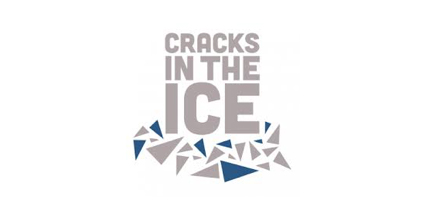Gamma Hydroxybutyrate (GHB) (and its precursors, gamma-butyrolactone [GBL] and 1,4-butanediol [1,4-BD]), at high doses, becomes a potent central nervous system depressant. GHB is a recreational ‘party drug’, consumed at festivals or other night-time settings (pubs, clubs). GHB carries a high risk for harms, including coma due to overdose; dependence and withdrawal; and polydrug complications; all of which often require intervention.
GHB associated harms are increasing worldwide, including in Australia. In one Australian study of 76 people who used GHB, half experienced overdose with loss of consciousness. Between 2012 and 2019 there was a 147% increase in the prevalence rates of GHB-related ambulance attendances in Victoria (n=5,866 attendances in 7 years).
There is a relatively low prevalence of GHB use among the general population in Australia (0.1% of adults within the previous 12 months), however gay and bisexual men (GBM) report using GHB at a rate nearly 20 times greater than the general population. In the SWASH periodic survey of lesbian, bisexual and queer (LBQ) women in Sydney, 2.6% of 1,272 participants had used GHB. No Australian studies have reported the prevalence of GHB use among trans and gender diverse populations; however, in the 2018 Australian Trans and Gender Diverse Sexual Health Survey, 15.8% of 1,632 participants reported sexualised drug use within the last 12 months.
Rationale
Despite heightened prevalence of use there are no specific qualitative data to generate understandings of social and cultural components of GHB use among LGBTQ Australians. Most research on GHB consumption among LGBTQ populations has considered GHB use in sexual contexts, with exclusive focus on GBM. Little research has examined GHB use among broader LGBTQ communities, nor examined the contexts of GHB use, its functions and impacts.
Dominant theories that explain drug use among LGBTQ populations do not adequately capture the complexity of the phenomenon and as a result are of limited utility to health promotion, clinical and other alcohol and other drug sector practitioners. One such theory, the minority stress theory, hypothesizes that members of minority groups encounter discrimination at a societal level resulting in stressors abated by substance use. This perspective does not capture the role that drugs play in sociability, pleasure and belonging.
This study will be the first Australian study to qualitatively describe the contextual and cultural practices associated with GHB consumption across LGBTQ communities. These data will allow for evidence-based programmatic outputs at three partner organisations, ACON, Thorne Harbour Health (THH) and the Western Australian AIDS Council (WAAC).
Dr Krista Siefried
UNSW/National Centre for Clinical Research on Emerging Drugs
Prof Nadine Ezard
SVHS/UNSW/National Centre for Clinical Research on Emerging Drugs
A/Prof Adam Bourne
La Trobe University
A/Prof Garrett Prestage
UNSW/The Kirby Institute
Dr Amy Peacock
UNSW/National Drug and Alcohol Research Centre
Prof Kane Race
University of Sydney
Dr Jonathan Brett
SVHS/Alcohol and Drug Service/Clinical Pharmacology and Toxicology
Dr Mohamed Hammoud
UNSW/The Kirby Institute
A/Prof Darren Roberts
SVHS/Alcohol and Drug Service/Clinical Pharmacology and Toxicology
Mx. Joel Murray
ACON New South Wales













